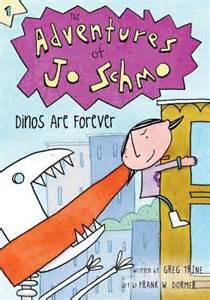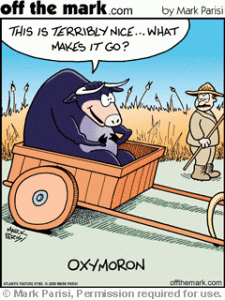It’s long over due, but here’s my next round of children’s reading picks for this week.

Picture Book
Author: Ken Baker Illustrator: Christopher Santoro
Ages: 3-7
Formats: Hardcover & Kindle
Published: Two Lions (Amazon)
Amazon Barnes & Nobel
This is my number one favorite book right now. If I could, I would a wear an Old MacDonald had a Dragon T-shirt everywhere I went. I am a HUGE fan of Amazon’s stellar new picture book author, Ken Baker. He debuted with Cow Can’t Sleep (another fun tale), but Old MacDonald is his out-of-the-park hit. As of yesterday, it was ranked at number one on Kindle’s top purchases for Children.
Old MacDonald had a Dragon is a roll-on-the-floor fun story about a farmer who had a dragon in his version of the song (and on his farm). The animals are none to happy about the addition. As the farmer sings his song, each animal protests, only to get swallowed by the dragon, who progressively gets fatter. What I love is the way Baker uses the stereotypes for each of the animals and the farmer to produce great humor and memorable characterization.
“Not so fast,” mooed the cow as it moseyed up to the farmhouse. “I’ve got a beef with you.”
This is a must read. It doesn’t stay on my library’s shelf for very long because I push it so much. That’s how much I love this book. Besides being fun, this book is a great way to work on sounds (animal and vowels) and textures with your little ones.

Lower Middle Grade
Author: Greg Trine Illustrator: Frank W. Dormer
Ages: 6 and up
Formats: Hardcover, Kindle & Nook
Published: Harcourt Children’s Books
Amazon Barnes & Nobel
The hilarity continues with The Adventures of Jo Schmo: Dinos are Forever. This is the first in Greg Trine’s series of a forth grade girl who comes from a long line of crime fighters. After she inherits her uncle’s cape, it becomes Jo’s turn to join the family business. With her drooling sidekick, Raymond the dog, and new crime fighting tricks, Jo must stop Dr. Dasterdly and his gang of dinos.
It could be a bomb. On TV, dogs were always sniffing for bombs. Raymond gave the package the once-over with his nose, then looked at Jo in a way that said, “I detect snacks. Open it at once.”
The Adventures of Jo Schmo: Dinos are Forever is a laugh-a-line book. The humor and writing aren’t dumb-ed for the kids like some books. In fact, even adults will enjoy Trine’s humor.

Upper Middle Grade
Author: James Riley
Ages: 8 and up
Formats: Hardcover, library binding, paperback, Kindle & Nook
Published: Aladdin, Turtleback (reprint)
Amazon Barnes & Nobel
This book is an NCTE Notable Children’s Book in the Language Arts 2011 and a current Mark Twain Award Nominee. I loved this book right from the beginning when Jack refused to save the princess dressed boy–tiara and all– from the evil witch. Half Upon a Time is about Jack, son of beanstalk Jack, who detests the idea of rescuing princesses and going off to find grand adventures. Even when a “Punk Princess” falls from the sky. But Jack reluctantly gives her help–she is kind of cute, after all, and, oh, her grandmother might be the long lost Snow White.
Jack sighed, grabbed May’s lollipop from the floor, and knocked the cackling witch on the head. May, meanwhile, grabbed one of the peppermint chairs and slammed it down into the peanut brittle floor to hold the door shut, just in time: The chair crunched into place just as one of the little giggling monsters outside pushed the door open, its little hand reaching in.
Half Upon a Time combines adventure, classic fairy tales and clean good humor. I loved Jack, especially as a reluctant hero. Riley did a fantastic job of building and showing Jacks budding crush on May. This book was fantastic from start to finish, and I can’t wait until I can read the next two books in the series.


















